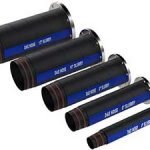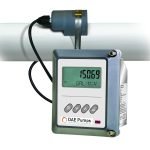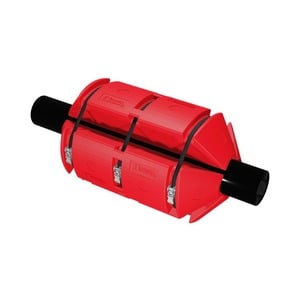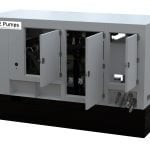Efficient water management is critical in industrial operations and environmental management. Water is essential in numerous industrial processes, including construction, mining, manufacturing, and agriculture. Effective management of this crucial resource guarantees operational efficiency, safety, and adherence to strict environmental regulations. Leading the way in offering superior water management solutions is DAE Pumps, a top provider of high-performance dewatering pumps and systems designed to meet the specific requirements of these varied industries.
DAE Pumps Innovates and Industry Benefits
DAE Pumps stands as a beacon of innovation and reliability in the pumping industry. It specializes in designing and manufacturing top-tier pumping equipment, including robust industrial submersible pumps. Known for their exceptional quality and durability, DAE Pumps’ products are engineered to tackle the most challenging environments, offering solutions that enhance productivity and reduce downtime. The company’s commitment to excellence is reflected in its comprehensive product lineup, which ranges from portable dewatering pumps to heavy-duty submersible pumps, all designed with the latest technology to ensure optimal performance.
Introduction to Dewatering Pumps
Dewatering pumps are critical in water management in various industrial and environmental settings. These pumps are designed to remove excess water efficiently, making them essential for areas prone to flooding or where water accumulation can disrupt operations. DAE Pumps offers a range of dewatering solutions, including the highly versatile industrial submersible pump, which can handle large volumes of water and is particularly effective in deep or inaccessible areas. These pumps are powerful and built to withstand the rigors of heavy usage, making them ideal for applications ranging from mining operations to flood relief efforts.
Importance of Effective Water Management in Various Sectors
Effective water management is crucial across multiple sectors for several reasons. If not correctly managed, water can pose significant safety risks and operational challenges in construction and mining. Dewatering pumps play a vital role in these industries by keeping sites dry and ensuring that excavations and constructions can proceed safely and efficiently. In the manufacturing sector, water used in processes needs to be managed and recycled, which is where high-capacity dewatering pumps come into play, helping maintain continuous production lines and reducing waste. Furthermore, in sectors like agriculture, where water management directly impacts crop health and yield, reliable dewatering solutions ensure that water levels are optimal for plant growth and soil health.
DAE Pumps’ extensive range of dewatering pumps, including specialized industrial submersible pumps, provides a backbone for effective water management strategies across these industries. By integrating DAE Pumps’ solutions, businesses enhance their operational efficiency and contribute to sustainable practices, ensuring they meet both their productivity goals and environmental responsibilities. As we delve deeper into the capabilities and applications of these indispensable tools, it becomes clear how integral they are to the modern industrial landscape, driven by the need for resilience against water-related challenges.
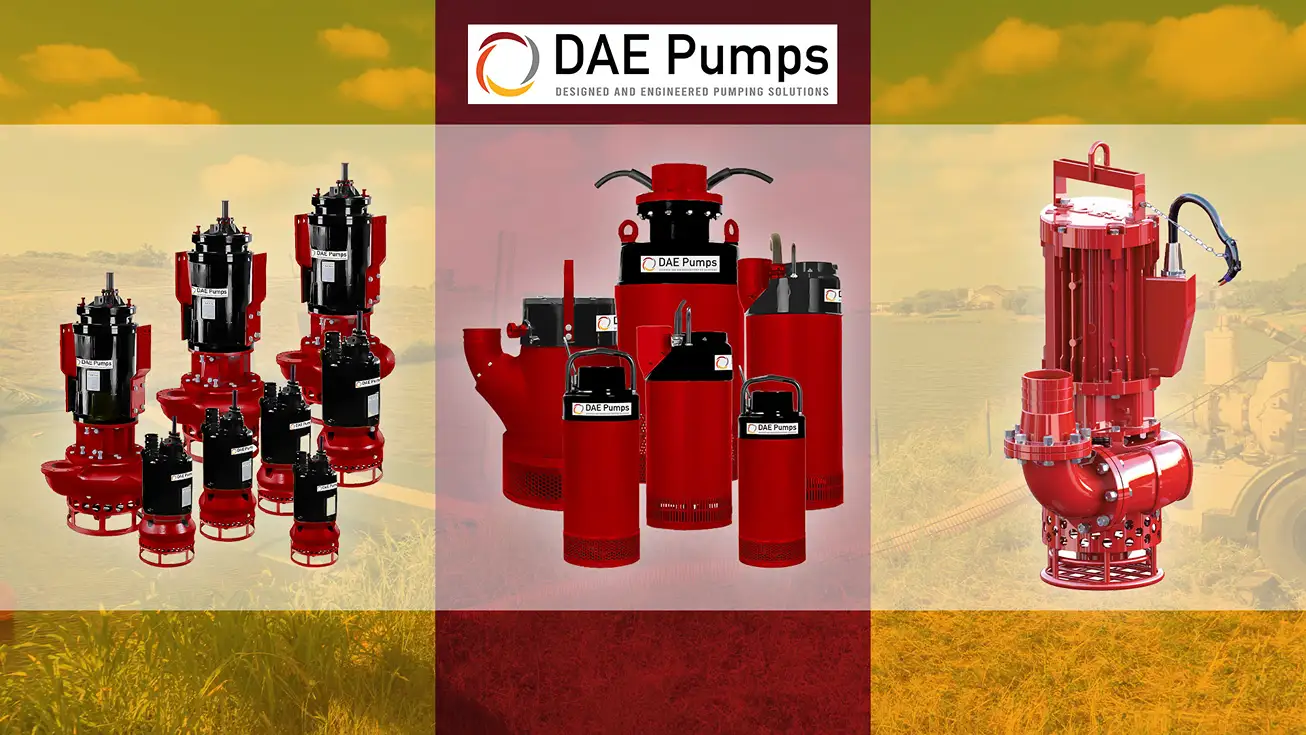
Overview of Dewatering Pumps
Dewatering pumps are specialized devices used extensively in various industries to remove excess water from a particular area or surface. Their primary role is to ensure that work environments, particularly in sectors like mining and construction, remain dry and safe for operations. These pumps are crucial for maintaining the structural integrity of a project site and safeguarding the health of the workforce and surrounding ecosystems.
Definition and Basic Function
A dewatering pump is designed to manage and remove unwanted water from work sites, mines, excavation areas, or any place where water accumulation can pose operational challenges or safety risks. The primary function of dewatering pumps is to transport water away from these areas, facilitating smoother, more efficient, and safer operations. Whether groundwater or surface water accumulates during rainfalls or as a byproduct of certain industrial activities, dewatering pumps are vital for controlling and redirecting this water to designated areas or treatment facilities.
Components of a Standard Dewatering Pump
The typical dewatering pump comprises several key components, each critical to its operation and effectiveness:
- Motor: The motor is the powerhouse of the pump, providing the necessary energy to drive the pump mechanism. In industrial submersible water pumps, the motor is often sealed in a watertight compartment to prevent water ingress, ensuring durability and functionality even when fully submerged.
- Impeller: This is the rotating part of the pump that imparts velocity to the water. The impeller’s design can vary based on the application but is generally robust enough to handle a high volume of water and, in some cases, semi-solid materials.
- Casing: The casing encloses the impeller and directs the water flow out of the pump. It is engineered to withstand the harsh environments often encountered in industrial and mining applications, protecting the internal components from wear and damage.
- Suction Inlet and Discharge Outlet: The suction inlet is where the water enters the pump, and the discharge outlet is where the water is expelled after being processed through the impeller. These are critical components designed to maximize efficiency and minimize blockages.
- Sealing System: This system prevents water from entering the pump’s motor compartment, which is especially important in submersible designs. Good seals maintain the integrity of the motor and other internal components.
- Float Switch: Often used in automatic pump operations, the float switch activates the pump when the water reaches a certain level and turns it off when the desired water level is achieved, enhancing energy efficiency and reducing manual intervention.
Dewatering pumps, such as mining or industrial submersible water pumps, are designed to be resilient and effective under harsh conditions. They play a pivotal role in water management strategies across multiple industries, offering functional and environmental benefits. By efficiently managing water, these pumps help maintain the pace of operations and ensure compliance with environmental standards, thereby supporting sustainable industrial practices.
Types of Dewatering Pumps
Dewatering pumps are essential in various industries, each designed to meet specific environmental and operational demands. Here, we explore three primary categories: industrial submersible pumps, industrial submersible water pumps, and mining pumps, focusing on their characteristics, advantages, and industry applications.
Industrial Submersible Pump
Characteristics and Advantages:
Industrial submersible pumps are designed to operate entirely submerged in the fluid they are pumping. This design characteristic significantly enhances the pump’s efficiency and allows direct draining from great depths. Key advantages of these pumps include their quiet operation, high efficiency, and minimal need for priming since they are submerged in the liquid they need to pump.
Key Features:
- Robust Construction: Industrial submersible pumps are built with durable materials that can withstand the pressures of being submerged and resist the wear caused by abrasive liquids.
- Seal System: High-quality sealing systems prevent water ingress, protecting the motor and other internal components from damage.
- Motor Protection: They often feature built-in thermal overload protection to prevent motor failure from overheating.
- Portability: Many models are designed for easy handling and mobility, allowing use across various sites.
Industrial Submersible Water Pump
Distinctions from Other Submersible Pumps:
While all submersible pumps are designed to be submerged, industrial submersible water pumps are specifically tailored for clean or slightly muddy water, typically used in flood and spray irrigation systems. They differ from other submersible pumps, like slurry pumps, which are intended for more abrasive fluids.
Specific Uses in Industries:
- Flood Management: These pumps are extensively used for floodwater drainage in residential, commercial, and urban settings.
- Agricultural Irrigation: Ideal for irrigation systems, these pumps efficiently manage water distribution to large fields.
- Construction Sites: Employed to manage water in pits and foundation sites to maintain a dry work environment.
Mining Pumps
Design Considerations for Harsh Environments:
Mining pumps must be exceptionally robust and capable of handling highly abrasive slurries, muddy water, and high solid contents without clogging or significant wear. They are often made from hardened metals or alloys and feature heavy-duty components and enhanced sealing mechanisms to withstand harsh mining conditions.
Types and Uses in Mining Operations:
- High-pressure Slurry Pumps: These pumps are used for moving mixtures of water and solids in mining operations, especially in the processing of minerals.
- Drainage Pumps: Designed to remove water accumulating in mining shafts, ensuring safety and operational continuity.
- Borehole Pumps: Utilized in deep and narrow mine shafts to extract water from significant depths.
Mining, industrial submersible, and industrial submersible water pumps each serve critical roles in their respective fields by ensuring efficient, reliable, and continuous dewatering capabilities. Understanding the specific requirements of each application helps in selecting the right dewatering pump, ultimately contributing to enhanced productivity and safety across various industrial operations.
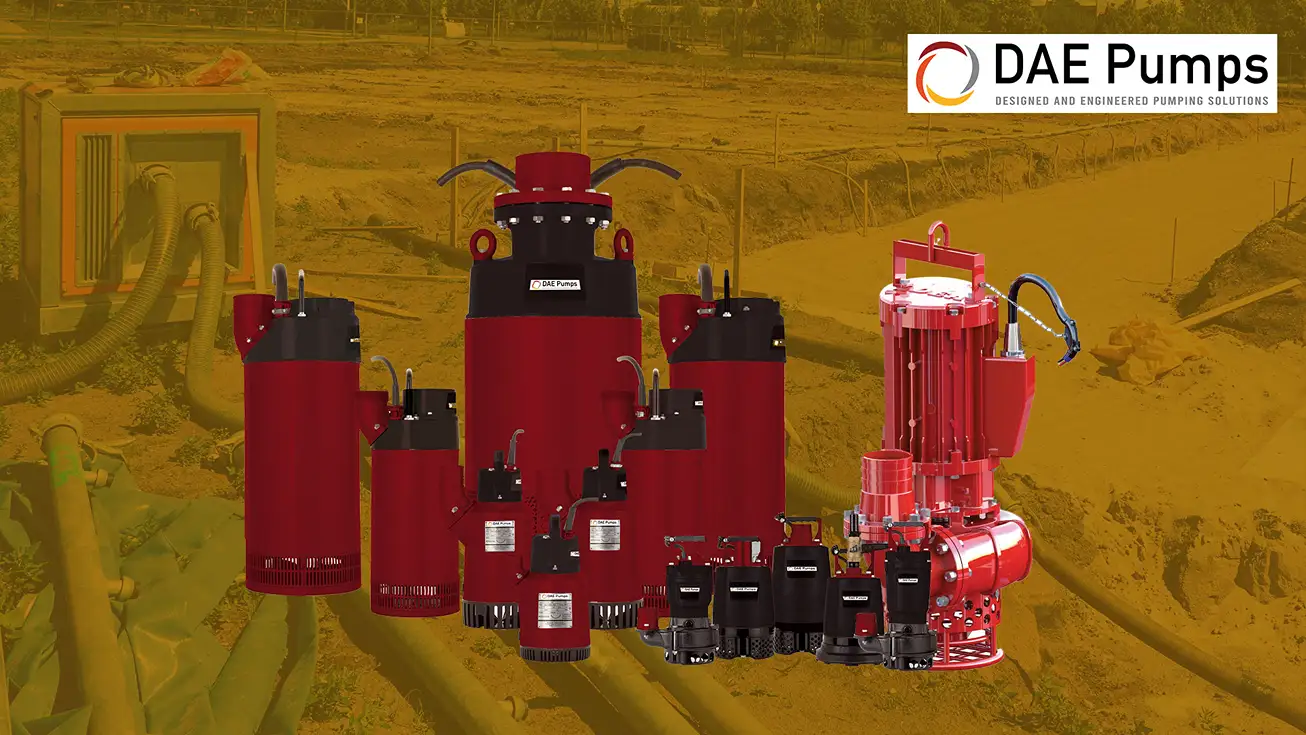
Selecting the Right Dewatering Pump
Choosing the appropriate dewatering pump ensures operational efficiency and reliability across various applications. The selection process involves several critical factors that cater to specific environmental and operational demands, from mining operations to agricultural and industrial settings. Here’s a comprehensive guide to help you select the ideal dewatering pump for your needs:
Criteria for Selection Based on Industry Needs
- Flow Rate and Pressure Requirements:
The choice of a dewatering pump should start with understanding the application’s specific flow rate and pressure requirements. Flow rate, typically measured in gallons per minute (GPM) or cubic meters per hour (m³/h), determines the volume of water the pump needs to move in a given period. Pressure, measured in pounds per square inch (PSI) or bar, is equally important, as it dictates the force required to move the water over a distance or upwards against gravity. For instance, industrial submersible pumps are often selected for their ability to handle high flow rates and pressures, making them suitable for vast industrial sites or deep mining operations.
- Durability and Material Considerations:
The construction material of a dewatering pump is pivotal, especially in industries like mining, where harsh conditions are prevalent. Pumps made from robust materials such as stainless steel, high-chrome iron, or other corrosion-resistant alloys offer longer lifespans and are essential in environments with abrasive or corrosive fluids. Industrial submersible water pumps, for example, might require specialized coatings or materials to resist the wear and tear from sandy or muddy waters.
Environmental and Energy Efficiency Considerations
Modern industries are increasingly mandated to comply with environmental standards, making the efficiency of a dewatering pump a crucial selection criterion. Energy-efficient pumps reduce the carbon footprint and operational costs by consuming less power. Features like variable speed drives (VSDs) can optimize energy use by adjusting the pump’s speed to meet varying flow rate requirements throughout the pump’s operation. Additionally, environmentally friendly pumps that minimize leakage and reduce the risk of contaminating local ecosystems are becoming a preference in sectors sensitive to environmental impacts.
Cost-Effectiveness and Maintenance Needs
The total cost of ownership includes the initial purchase price and ongoing maintenance and operational costs. Dewatering pumps with lower maintenance requirements and higher durability often prove more cost-effective in the long run. Spare parts availability, the maintenance frequency needed, and the ease of serviceability must be considered. Pumps designed for easy access to internal components, for example, reduce downtime and labor costs associated with routine maintenance and repairs.
Choosing the right dewatering pump—whether a heavy-duty mining pump, an industrial submersible pump, or an industrial submersible water pump—involves balancing performance capabilities, environmental impact, cost, and longevity. By carefully considering these aspects, industries can ensure they invest in a pumping solution that meets their immediate water management needs and aligns with their operational objectives and sustainability commitments.
Applications of Dewatering Pumps
Dewatering pumps play a crucial role in managing water across various industries. Here’s an in-depth look at the applications of dewatering pumps, with a focus on industrial, mining, and other critical uses:
Industrial Applications
Dewatering pumps, industrial submersible water pumps, are vital in manufacturing and processing plants. They help maintain the water balance within the plants, facilitating the smooth operation of production processes. For instance, in the food and beverage industry, excess water must be efficiently removed to ensure that production lines are efficient and adhere to health and safety standards.
- Role in Waste Management and Environmental ControlsIn waste management, dewatering pumps manage leachate — the liquid that drains or ‘leaches’ from a landfill. The pumps extract this contaminated water, which is then treated to prevent environmental pollution. Similarly, in chemical processing plants, dewatering pumps help manage effluents and other liquid waste, ensuring that only treated water is discharged into the environment, thus playing a critical role in environmental control measures.
Mining Applications
- Water Management in Open Pit and Underground Mines
Mining operations face significant water management challenges, particularly in open-pit and underground mines. Mining pumps remove water that infiltrates mining pits, ensuring operations’ safety and the mine walls’ stability. This application is critical not only for worker safety but also for the efficiency of the mining operations.
- Case Studies Highlighting Efficiency Improvements
A notable case study involves a major mining company that implemented advanced mining pumps capable of handling high volumes of water with significant amounts of suspended solids. This upgrade resulted in a 30% increase in water removal efficiency, directly enhancing the mine’s safety and productivity. Another case involved the introduction of automated dewatering systems, which allowed for real-time management of water levels, significantly reducing downtime due to water-related delays.
Other Critical Applications
- Construction Sites
Dewatering pumps are essential on construction sites to keep the site dry and foundations stable. Groundwater can significantly threaten the structural integrity of building foundations during excavation. Industrial submersible pumps remove this water quickly and efficiently, ensuring that construction timelines are met and safety standards are upheld.
- Flood Management
Dewatering pumps are integral to flood management strategies in areas prone to flooding. These pumps divert water away from residential areas and critical infrastructure, minimizing the impact of floods and aiding in quicker recovery. For instance, during seasonal floods, robust dewatering systems are deployed to control the water levels in flood-prone regions, protecting communities and preventing property damage.
Dewatering pumps, including industrial submersible and industrial submersible pumps, are indispensable across various sectors. Their applications range from maintaining dry and safe industrial and mining environments to managing emergencies such as floods in urban settings. The efficiency and safety of these pumps directly contribute to operational success and environmental protection across industries.
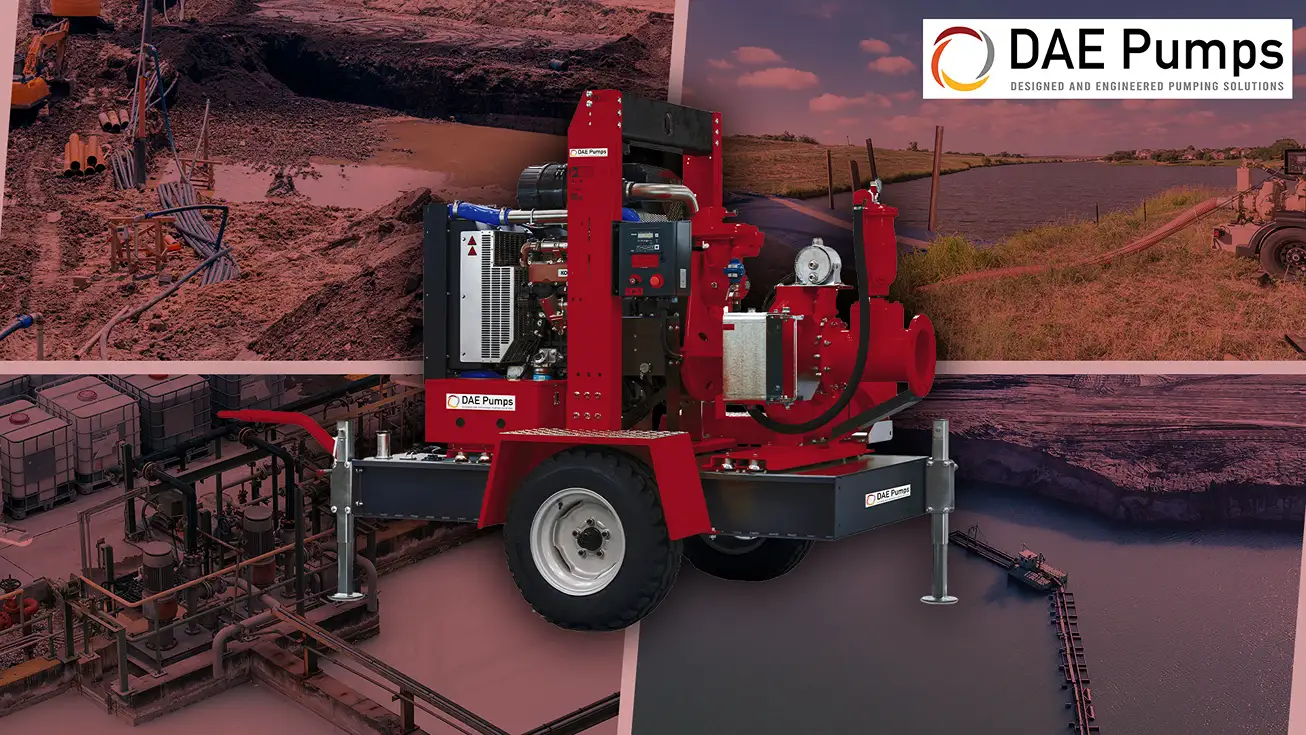
Technological Advancements and Future Trends
Dewatering pumps are essential tools in numerous industries, and recent technological advancements have greatly enhanced their efficiency and environmental compatibility. Here’s a detailed look at the latest innovations, the rise of intelligent systems, and sustainability trends in dewatering pump technology:
Innovations in Pump Technology
Recent innovations in mining and industrial submersible pumps have focused on improving durability and efficiency. Manufacturers have introduced materials that resist abrasion and corrosion, allowing pumps to handle more aggressive environments and abrasive fluids typically found in mining and industrial settings. For instance, new alloys and composite materials extend the life of the industrial submersible water pump components and reduce the frequency of maintenance.
Furthermore, improvements in impeller design have led to increased flow rates and higher efficiency, which means that these pumps can operate at lower costs while providing faster dewatering capabilities. Advancements in motor technology have also contributed to the development of more energy-efficient and high-performance motors that enhance the overall effectiveness of the pumps.
The Rise of Smart Dewatering Systems
Smart technology integration is transforming the dewatering pump industry. The rise of intelligent dewatering systems incorporates sensors and IoT (Internet of Things) connectivity that enable real-time monitoring and control of pump operations. These systems can automatically adjust pump performance based on changes in water flow or pressure, optimizing energy use and reducing operational costs.
In addition, predictive maintenance technologies in mining pumps and industrial submersible pumps utilize data analytics to forecast potential failures before they occur. This not only prevents unscheduled downtimes but also extends the lifespan of the equipment. Operators can remotely monitor the pumps via mobile devices, receiving alerts and updates that help maintain continuous and efficient operation.
Sustainability Trends in Pump Manufacturing
Sustainability is increasingly becoming a priority in manufacturing industrial submersible water pumps. Manufacturers are now focusing on reducing the carbon footprint of their production processes and the pumps themselves. This includes using recycled materials in pump construction and designing pumps to consume less energy, reducing environmental impact.
Moreover, the industry is trending towards developing pumps that can operate with alternative energy sources such as solar power. Solar-powered dewatering pumps are becoming more prevalent in remote and off-grid locations, providing an eco-friendly solution that eliminates the need for diesel generators and reduces greenhouse gas emissions.
In addition, the move towards modular pump designs allows for easier disassembly and recycling at the end of the pump’s life, further promoting environmental sustainability and compliance with global environmental standards.
Challenges in Dewatering
Dewatering processes are critical for many industries but come with several challenges that require innovative solutions and careful management. Here, we delve into some of the significant challenges faced when using dewatering pumps, including handling contaminated water, managing abrasive and corrosive fluids, and adhering to stringent regulatory and environmental standards.
Handling Highly Contaminated Water:
Handling highly contaminated water is one of the primary challenges in using dewatering pumps, especially in mining or waste management. This water may contain a variety of pollutants, including chemicals, heavy metals, and organic waste, which can pose serious health and environmental risks if not properly managed. The challenge is twofold: first, the need to effectively pump this water without clogging or damaging the equipment, and second, the need to treat the water to meet environmental standards before it can be discharged. Advanced filtration and treatment systems must often be integrated with the dewatering setup to ensure safe and efficient contaminated water processing.
Dealing with Abrasive and Corrosive Fluids:
Another significant challenge in dewatering involves dealing with abrasive and corrosive fluids, which are particularly common in industries like mining and chemical manufacturing. These fluids can rapidly degrade dewatering pumps and components, leading to frequent maintenance, downtime, and replacement needs. The use of mining pumps and industrial submersible pumps made from specially designed abrasion-resistant and corrosion-resistant materials is essential. Manufacturers are continually innovating in materials technology, such as developing new alloys and composite materials that can withstand harsh conditions longer and more reliably.
Regulatory and Environmental Compliance:
Regulatory and environmental compliance presents a complex challenge for organizations utilizing dewatering pumps. As environmental standards become stricter, companies must ensure that their dewatering practices minimize ecological impact. This includes ensuring that discharged water meets all quality standards, managing noise levels from pump operation, and reducing the carbon footprint associated with pump operation.
Navigating these regulations requires a proactive approach, including staying informed about local and international laws, investing in environmentally friendly technologies, and often working closely with environmental experts to ensure compliance. Failure to comply can result in legal penalties and damage a company’s reputation and the environment.
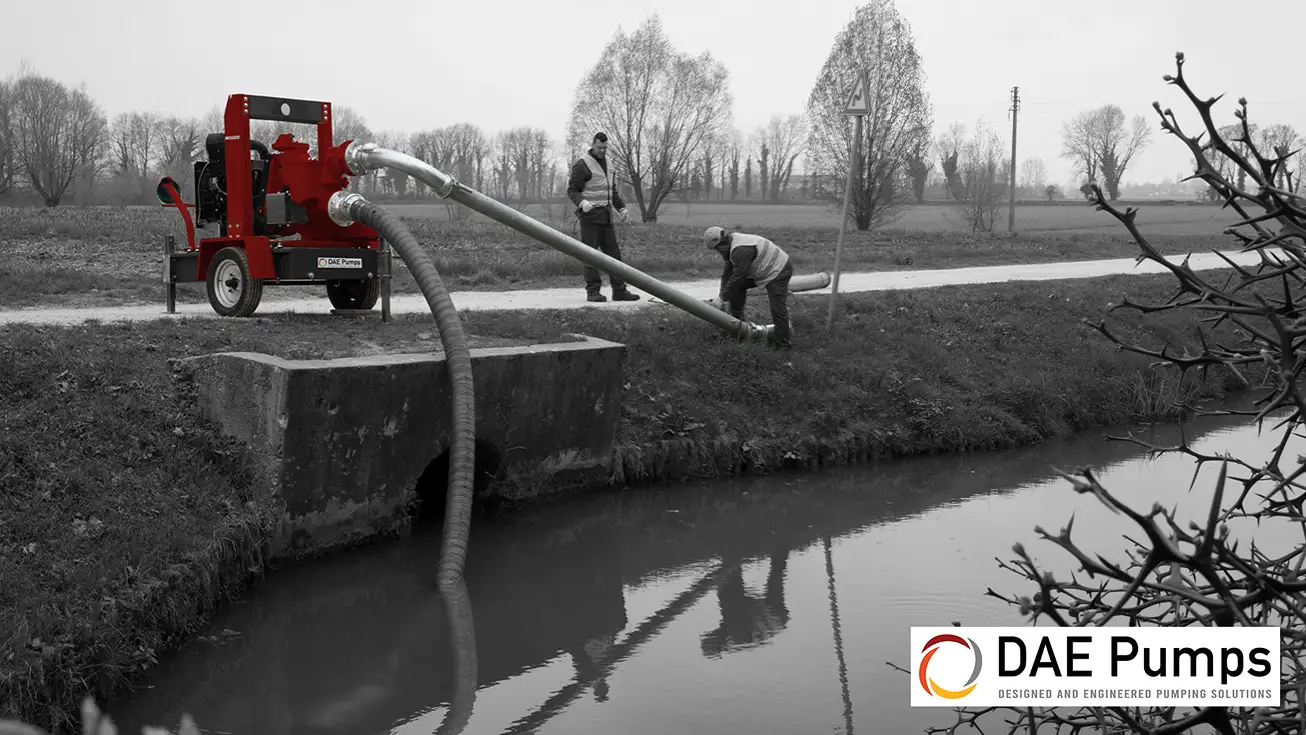
Conclusion:
DAE Pumps emerges as a pivotal player in the industry with its commitment to innovation, reliability, and sustainability in the design and manufacturing of dewatering pumps. Their robust product range, which includes cutting-edge industrial submersible pumps, is tailored to address the intricate challenges of water management across diverse sectors.
By prioritizing advancements in pump technology, embracing innovative dewatering systems, and adhering to sustainable manufacturing practices, DAE Pumps is enhancing operational efficiencies and spearheading the movement toward environmentally responsible water management solutions. As industries continue to face demanding water-related challenges, the strategic integration of DAE Pumps’ solutions proves indispensable, ensuring compliance with stringent environmental regulations and achieving broader sustainability goals.



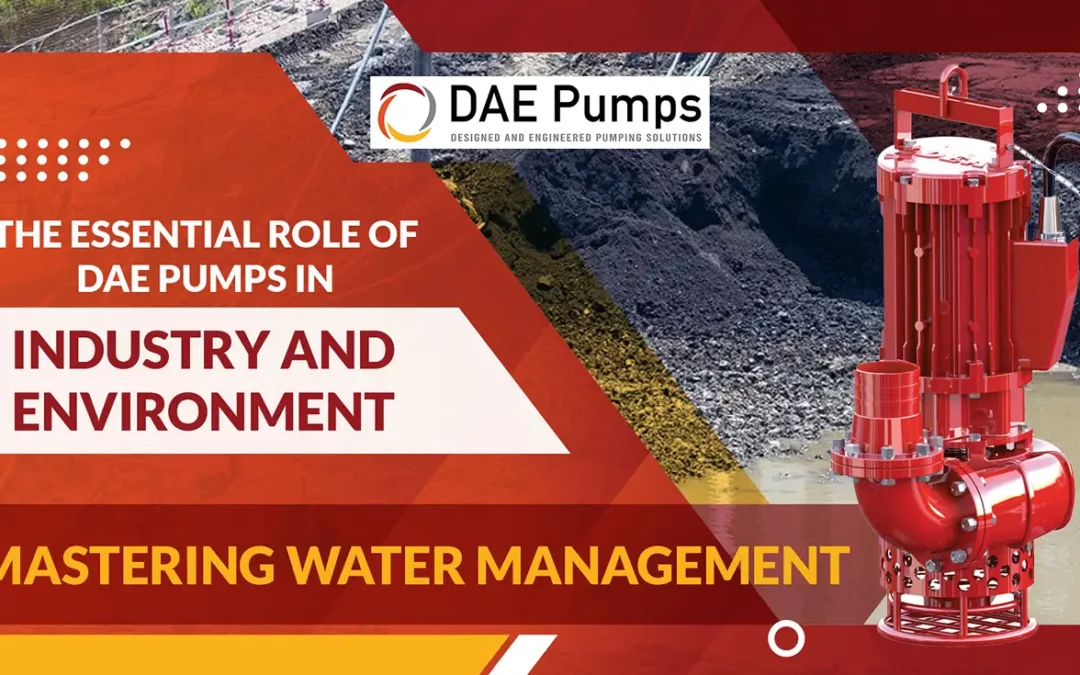
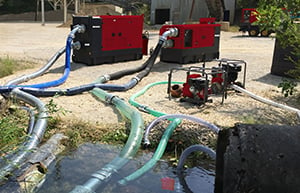
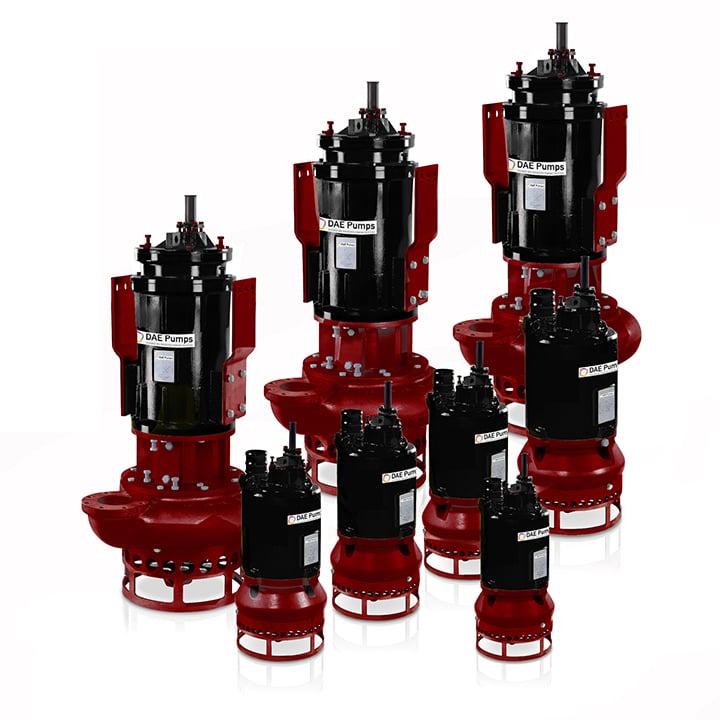
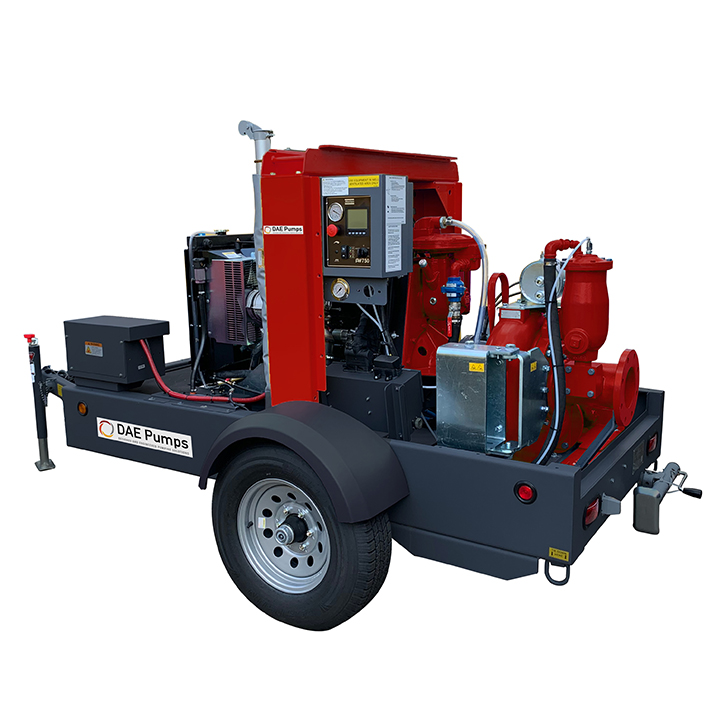
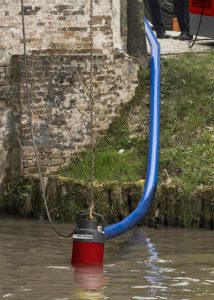
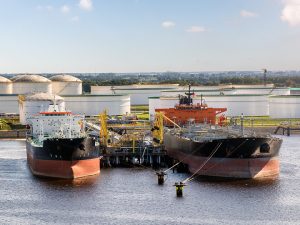 Pipelines used to transport crude oil or natural gas must be dewatered to guarantee the quality of the hydrocarbons and prevent the formation of hydrates and protect pipes from internal corrosion.
Pipelines used to transport crude oil or natural gas must be dewatered to guarantee the quality of the hydrocarbons and prevent the formation of hydrates and protect pipes from internal corrosion.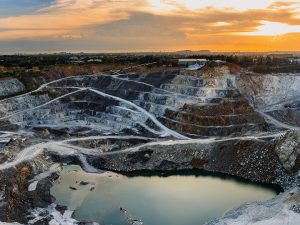 For dewatering applications in the mines post dredging, our pumps offer effective and efficient solutions due to their solids handling capability.
For dewatering applications in the mines post dredging, our pumps offer effective and efficient solutions due to their solids handling capability.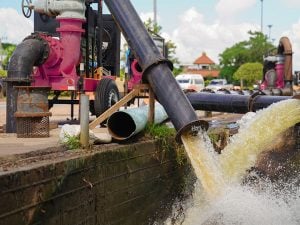 Municipal public service applications can vary from sewage bypass to wastewater treatment plants to water reclamation centers. When wastewater is being treated, our pumps handle the fluids and solids without clogging or failing.
Municipal public service applications can vary from sewage bypass to wastewater treatment plants to water reclamation centers. When wastewater is being treated, our pumps handle the fluids and solids without clogging or failing.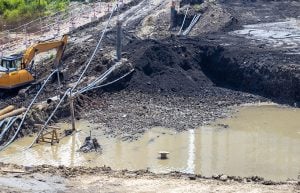 On the Construction site, during casting of foundation,
On the Construction site, during casting of foundation,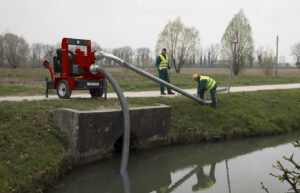 Modern-day civil engineering projects are fast-paced. Be it the construction of roads, dams, bridges, airports, or buildings, site dewatering, and drainage, before and during construction work is very important.
Modern-day civil engineering projects are fast-paced. Be it the construction of roads, dams, bridges, airports, or buildings, site dewatering, and drainage, before and during construction work is very important. Our pumps, due to their high performance and portability, are effective to provide quick solutions in case of flood emergency
Our pumps, due to their high performance and portability, are effective to provide quick solutions in case of flood emergency